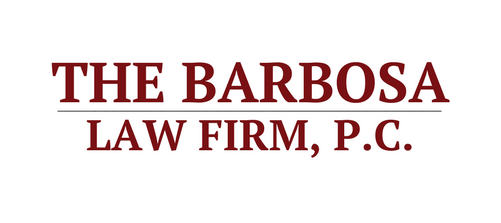Can my spouse make a gift to me?
Section 3.005 of the Texas Family Code provides that if 1 spouse makes a gift of property to the other spouse, the gift is presumed to include all the income and property that may arise from that property.
In the case of Maldonado v. Maldonado, 556 S.W.3d 407 (Tex. App.—Houston [1st Dist.] 2018, no pet.), the Court held that “To establish the existence of a gift, the party must prove: (1) intent to make a gift; (2) delivery of the property; and (3) acceptance of the property. The burden of proving that property was acquired by gift is on the recipient.”
In the case of Winger v. Pianka, 831 S.W.2d 853 (Tex. App.—Austin 1992, writ denied), the Court held that since the 1980 constitutional amendment to Tex. Const. art. XVI, § 15, if one spouse makes a gift of property to the other, that gift is presumed to include all the income or property that might arise from that gift.
Is my wife’s wedding ring her separate property?
Under the Texas Family Code, one could argue that the wedding ring was a gift to a spouse and thus that spouse’s separate property. As a divorce attorney, I have had that question asked of me, many many times. The wife does NOT have to return the wedding ring. The engagement ring belongs to the wife. If the parties marry, then the “condition has been met”, and the ring becomes a “completed gift”. Therefore the wife gets to keep the ring as it is her non-marital property. However, if the parties do not marry, then the fiancee’ should return the ring as it was not a completed gift.
How much of the home can I claim?
That is a common question when we confer with divorce clients with property either purchased before the marriage or property acquired during the marital relationship.
If the community estate of the spouses and the separate estate of a spouse have an ownership interest in property, the respective ownership interests of the marital estates are determined by the rule of inception of title.
When the community estate and either or both separate estates contribute consideration toward the purchase of an asset, the general view is that the asset is owned by the estates in proportions equivalent to each estate’s respective contribution toward the purchase. Further, when the community estate contributes consideration in the form of proceeds from a promissory note signed during marriage (absent a significant recital to look only to separate property for
repayment), the proceeds of the promissory note are community property. Upon the sale of such an asset, it is important to apply the appropriate percentage of ownership calculation to the gross proceeds of sale and not, for example, after payment of a promissory note secured by a lien against the property.
In the case of Cockerham v. Cockerham, 527 S.W.2d 162 (Tex. 1975), the Court held that debts contracted during marriage are presumed to be based on community credit.
In Gleich v. Bongio, 99 S.W.2d 881 (Tex. 1937), money borrowed on a community obligation is community property. Similarly, property acquired on the credit of the community is community property. It has long been established that such an acquisition has the effect of creating a kind of tenancy in common between the separate and community estates, each owning an interest in the proportion that it supplied consideration for the asset.
In the case of Langston v. Langston, 82 S.W.3d 686 (Tex. App.—Eastland 2002, no pet.), the inception of title rule determines the ownership interests in property acquired by the community estate and by one or more of the spouses’ separate estates. What that means is that if one of the parties purchases or acquired the asset prior to the marriage, one must look at the date the inception of ownership was acquired.
In Cook v. Cook, 679 S.W.2d 581 (Tex. App.—San Antonio 1984, no writ), a wife who contributed 43 percent of a residence’s purchase price from her separate property owned a 43 percent interest in the residence as her separate property. The community estate owned the remaining 57 percent interest.
The basic rule of property is that if you had the asset before the marriage, the asset is that party’s separate property. The presumption is that any property acquired during the marital relationship is presumed to be community property until proven otherwise by the party claiming the item to be his or her separate property.

